The Photonic Weed Detection System uses lasers to detect and spray weeds within large fields. It was designed by Edith Cowan University (ECU) researchers in conjunction with Perth-based weed control company, Photonic Detection Systems (PDS).
The technology is unique in its ability to detect green weeds within green crops. Existing crop-spraying technologies can only distinguish between vegetation and non-vegetation (green from brown).
Simple to operate by farmers, the Photonic Weed Detection System attaches to the front of an existing spray vehicle and generates laser beams of differing wavelengths which scan the paddock surface. The reflected beams are analysed by the System, which is able to discriminate weeds from crops based on their reflection properties.
When a weed is identified the spray nozzles are individually activated, delivering a pin-point jet of herbicide onto the weed while ensuring the surrounding crop is left unsprayed.
ECU Electron Research Institute Director Professor Kamal Alameh is the lead researcher on the project. He believes that the system will transform the agriculture industry, resulting in healthier crops and significant savings for farmers.
"By working with PDS we have been able to develop a product, which if implemented on Australian farms, will not only reduce the amount of chemicals sprayed on produce, but also how much farmers spend on herbicides each year," Professor Alameh said.
"This system showcases ECU’s state-of-the-art technology in electron science and research and follows on from a number of recent innovative collaborations, such as ECU-developed smart glass which cuts out infrared radiation while generating electricity."
Between 2006 and 2007 Australian farmers spent more than $980 million on herbicides.
PDS Managing Director John Rowe says the ability to distinguish between two different plant species has been a goal of many companies for a long time.
"This has been for many years the missing link in agriculture. For the first time farmers will be able to efficiently control weed problems when spraying. Apart from the obvious savings in herbicide costs, less stress will occur on the plants, increasing yields," Rowe said.
Whilst savings will vary in different cropping situations, early independent analysis has demonstrated very substantial benefits to the farming industry.
Bundaberg Sugar estimated one machine operating at 4kmh would increase their annual profits by around $1 million a year, due to a reduction in herbicide costs.
ECU Chancellor the Hon Dr Hendy Cowan will officially launch the system on ECU Joondalup Campus.
"With a farming background, I understand many of the challenges faced by those working on rural Australian farms," Dr Cowan said.
"If this product proves to be practical in the field, it will very much change the way farmers manage their crops. It will significantly reduce the volume of herbicides sprayed, saving farmers money and increasing their profits."

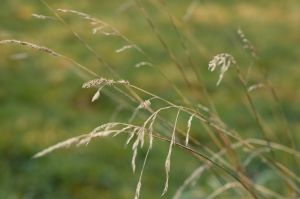

-160x160-state_article-rel-cat.png)

-160x160-state_article-rel-cat.png)


-160x160-state_article-rel-cat.png)

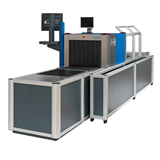


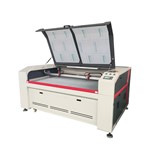
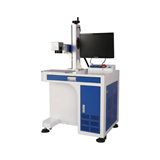
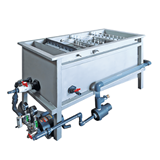


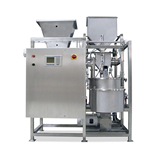
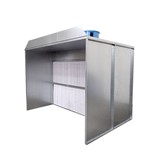
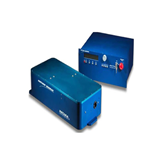
-160x160-state_article-rel-cat.png)